Last updated: August 2, 2024
Article
Jack Pines on Lake Michigan's Southern Shore
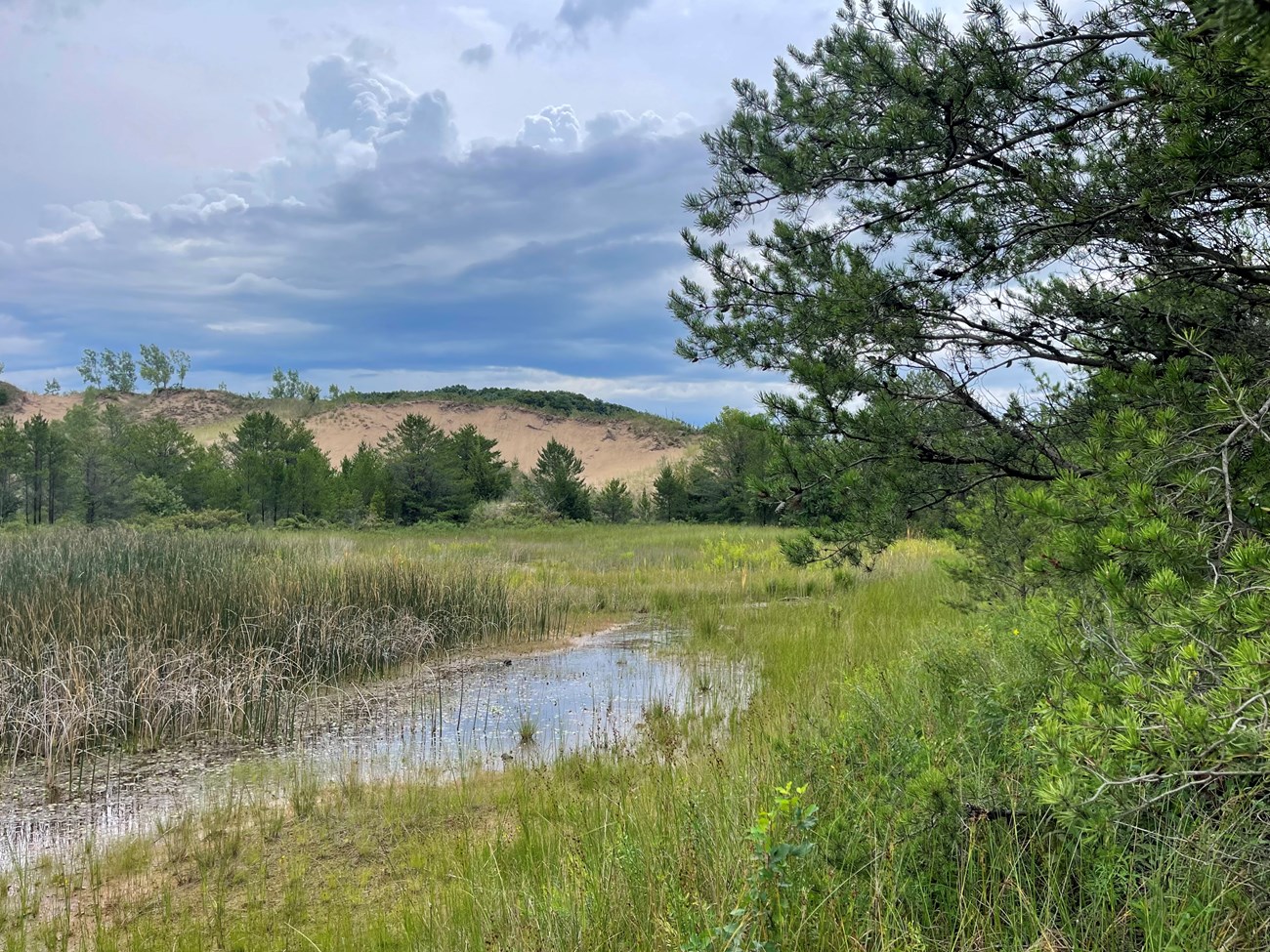
NPS / Zachary Lindeman
The jack pine tree (Pinus banksiana) is a unique species at Indiana Dunes. Typical of evergreen forests of the north, this species finds its southernmost natural populations along our shores. They can be identified by their gray bark and short needles that grow bunches of two in a "V" formation. Oftentimes they are found with other boreal species like arctic bearberry (Arctostaphylos uva-ursi) and common juniper (Juniperus communis). Unlike the tall white pines (Pinus strobus) found on our dunes, jack pines here are shorter and scrubbier, usually not exceeding a couple dozen feet. In their optimal growing conditions further north, jack pines can reach 70 feet. How did they get this far south?
In 1925, Dr. Henry Chandler Cowles and Bertha Morris Parker from University of Chicago's School of Education published The Book of Plants for middle school-aged students. In the book, Cowles includes a chapter on jack pines trees to shed light onto why this species can be found at Indiana Dunes. Read the excerpt below:
The Story of the Jack Pines
By Dr. Henry Chandler Cowles
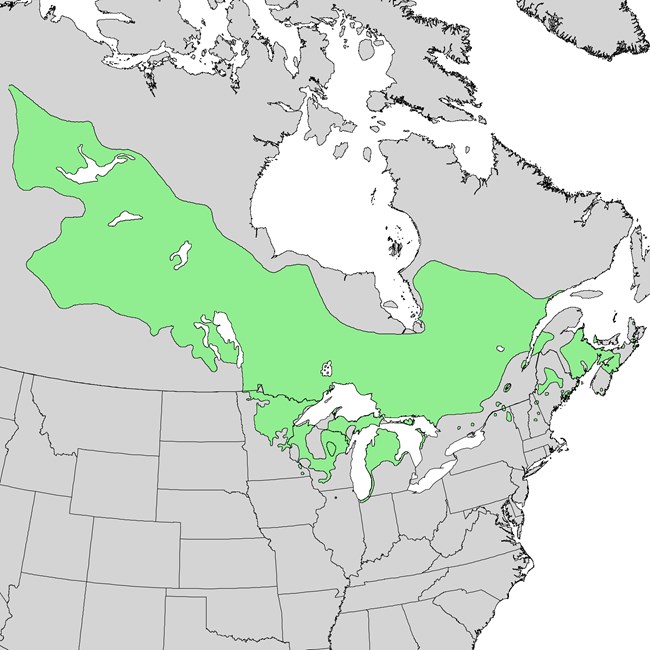
USGS
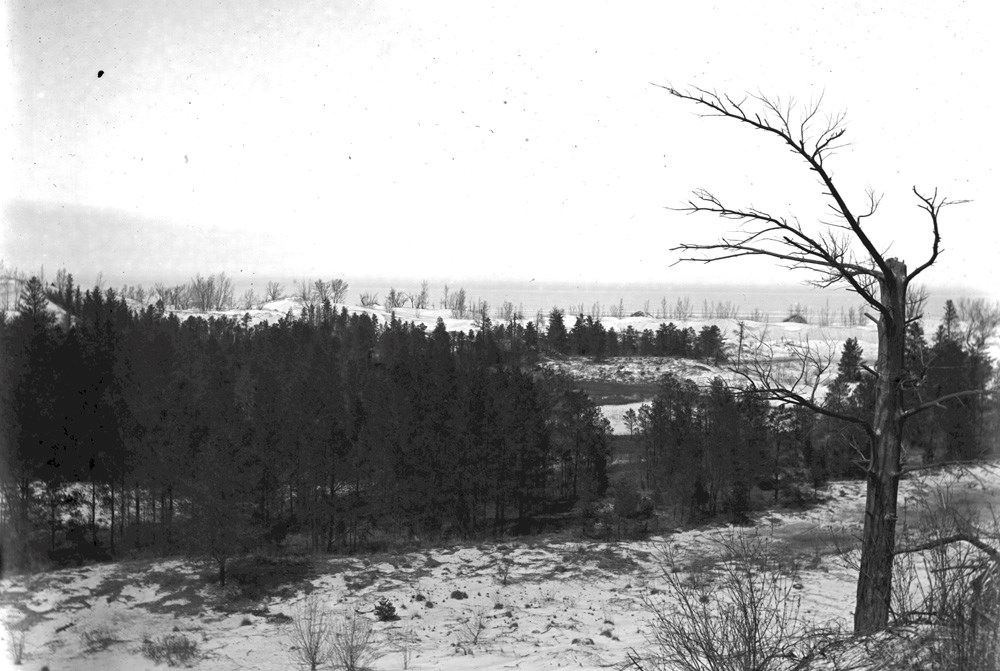
University of Chicago Photographic Archive, aep-inn179, Hanna Holborn Gray Special Collections Research Center, University of Chicago Library.

Westchester Township History Museum
It kept on snowing and the ice grew thicker. It snowed more and the ice became still thicker. Can you imagine a sheet of ice many times thicker than your school building is tall, and covering hundreds of square miles? If so, you have some idea of the size of the glacier.

Joe Gruzalski
Very gradually the ice spread southward. As the ice came toward the Jack pines, the climate became so cold that they could not live there any longer. Many of the animals that lived in the forests with the Jack pines went farther south to live. A plant, of course, cannot do that. There is one part of a pine which can travel, however. That is the seed. As the ice approached, some of the seeds of the cones fell near by and stayed there, but some were carried away, perhaps by the wind, perhaps by animals. The ones which were carried toward the ice did not grow. Those which fell near the trees which bore them started to grow, but many of them were killed by the cold. Many of those that were carried to the south grew. How could they grow when the hardwood forests were in the way? There was room for them now where the oaks and their neighbors had been, for the northernmost of these trees had been killed by the cold.
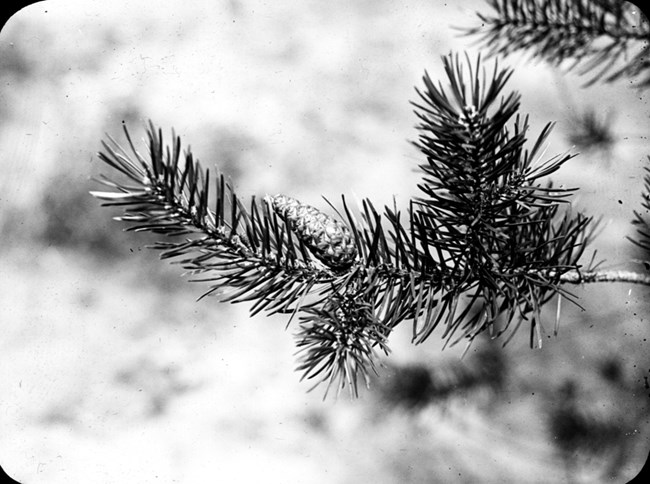
University of Chicago Photographic Archive, aep-ins255, Hanna Holborn Gray Special Collections Research Center, University of Chicago Library.
Had the ice spread rapidly from the north, all the pines would have been killed and buried under it. But the ice spread so slowly that the pines and their neighbors managed to keep ahead of it.
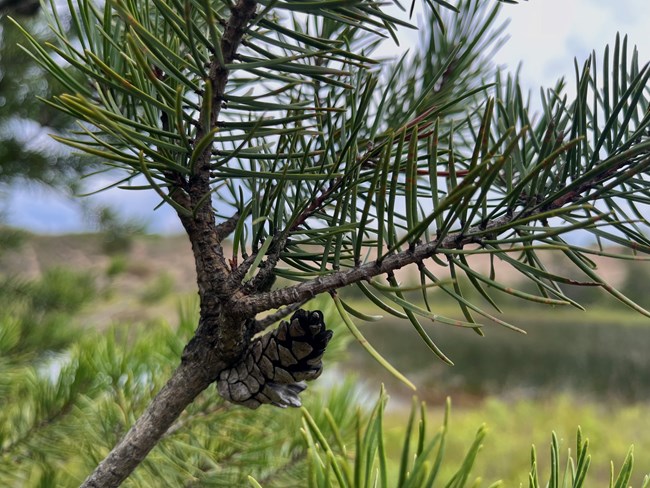
NPS / Zachary Lindeman
After a great many years it began to grow warmer. The ice at the southern edge melted. Hardwoods could then grow in the same region where the Jack pines and their neighbors were, and the Jack pines and firs and spruces were crowded out. Only from the seeds that were carried north toward the ice could these trees then grow. As the ice continued to melt, the Jack pines and spruces and firs . . . were pushed to the north by the hardwoods. And so it went on. Four times at least the hardwood forest pushed these evergreens north.
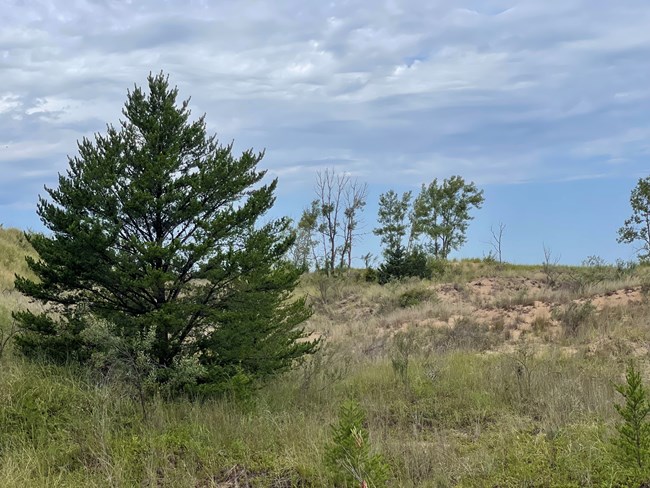
NPS / Zachary Lindeman
Hundreds of years went by. The spruces and firs and Jack pines were crowded out from the good soil roundabout the hardwood forests advancing from the south. But the hardwood forests could not crowd out the Jack pines from the more barren soil near the southern end of the lake, because the hardwood trees themselves could not grow there.
As time went on dunes were formed in this sandy region. Jack pines grew on the young dunes.
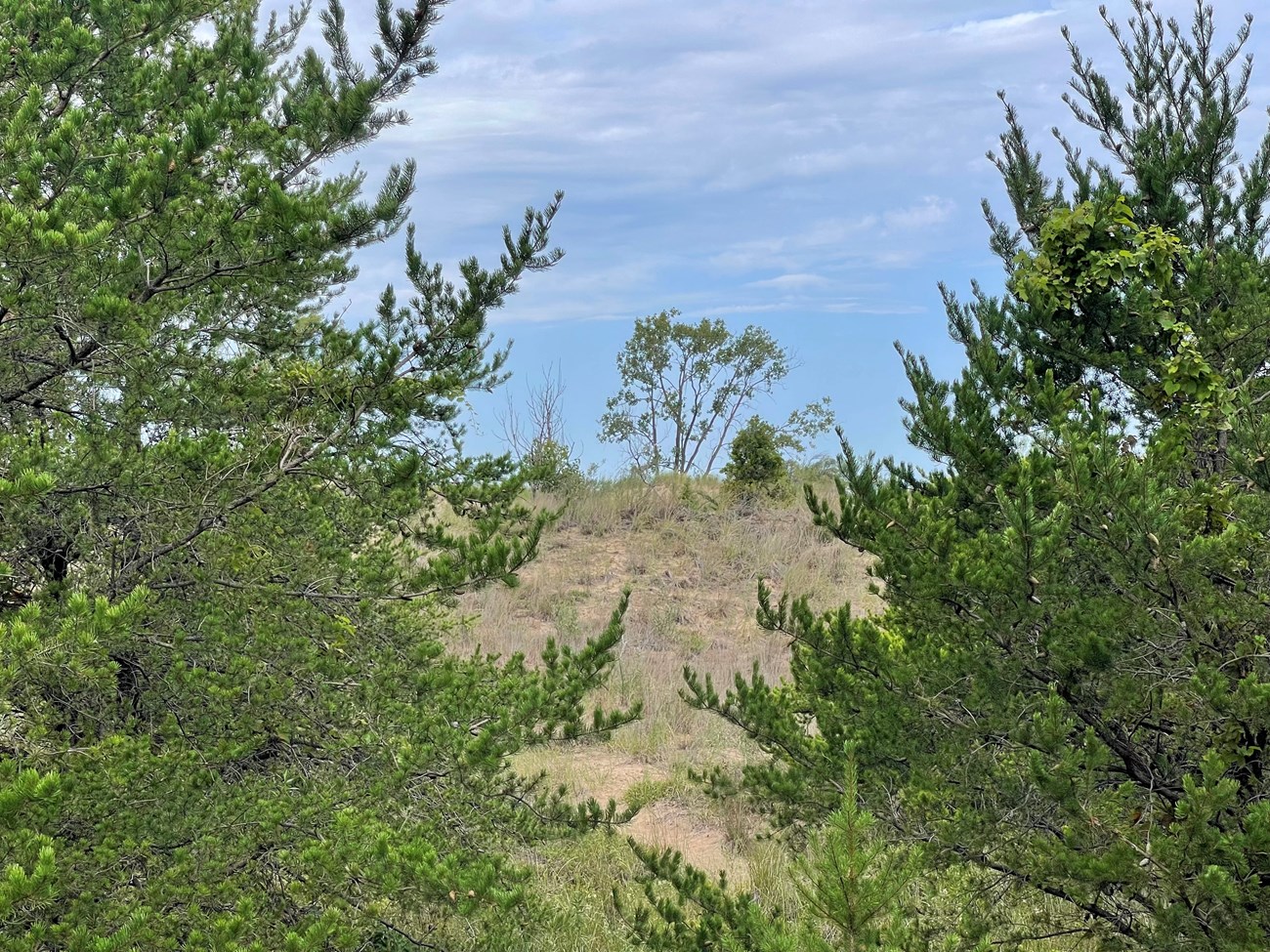
NPS / Zachary Lindeman
Jack Pines at Indiana Dunes Today
Jack pine trees are relics of the Ice Age, reminders of a time when an enormous sheet of ice covered northwest Indiana. They are a state-listed species that are able to survive in poor soils and harsh conditions where other species cannot grow. In terms of plant succession; they are often found near the lakeshore, typically after cottonwood trees but before oaks. Their presence at the park along with other boreal species of the north is a testament to the region's diverse habitats and its role as a refuge for various species.
Look for jack pines along the Dunes Succession Trail at West Beach or along the Paul H. Douglas Trail in Miller Woods. Please help us protect these habitats for the benefit of this and future generations by only exploring on officially-designated trails.
